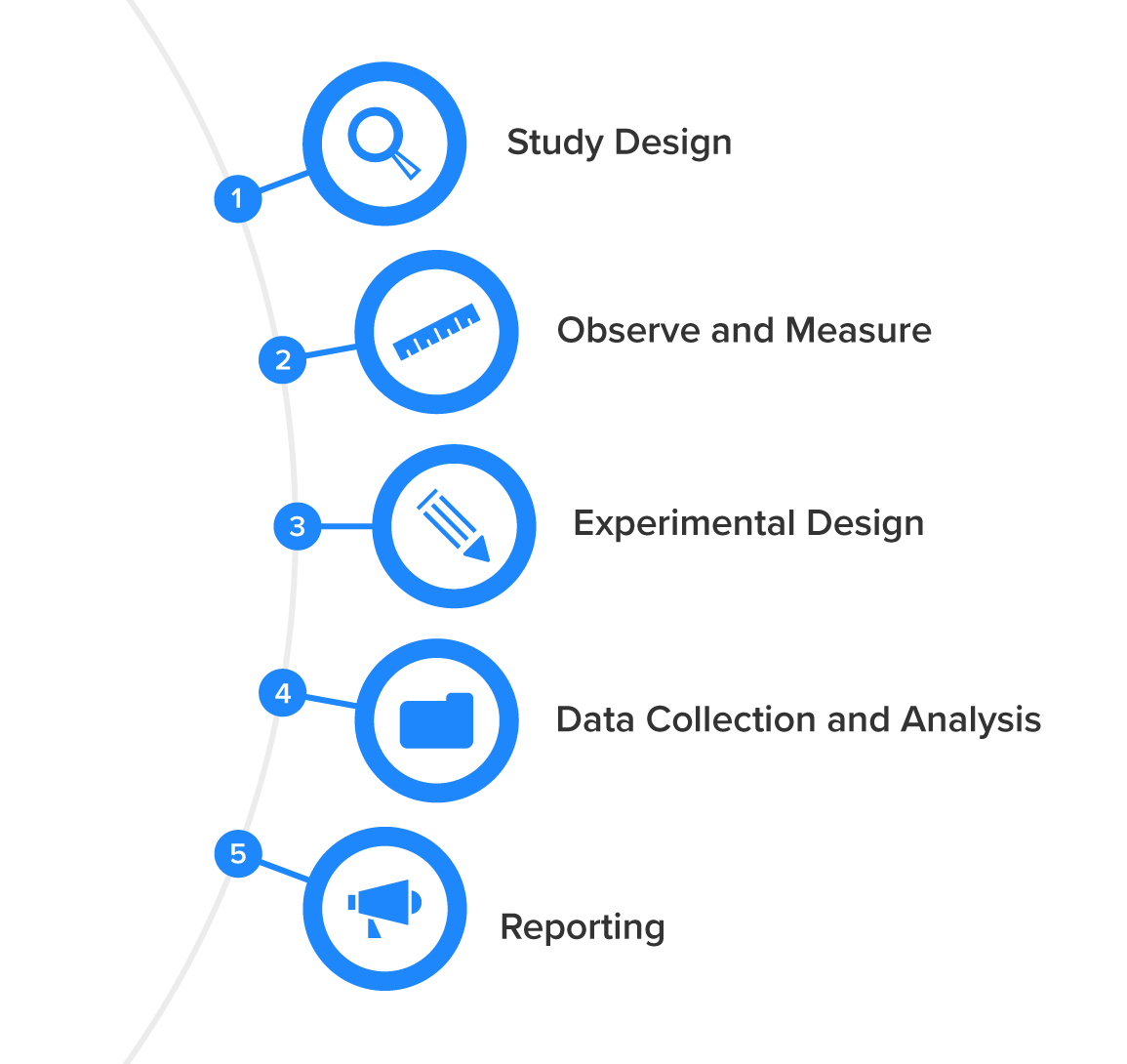Table of Contents |
According to the Society of Human Resource Management’s Research Quarterly, “A company’s human capital asset is the collective sum of the attributes, life experience, knowledge, inventiveness, energy, and enthusiasm that its people choose to invest in their work” (Weatherly, 2003).
As you can tell by the definition, such an asset is difficult to measure because it is intangible, and factors like “enthusiasm” are subjective and open to interpretation. The challenge for managers, then, is to develop measurement systems that are more rigorous and provide a frame of reference. The metrics can range from activity-based (transactional) metrics to strategic ones. Transactional metrics are the easiest to measure, such as units processed, sales generated, or customer satisfaction.
But these transactional measures don’t get at the strategic issues, namely, whether the right employees are being hired and whether they are being trained to develop the skills and knowledge they need to do the job. Employee performance should be measured in the scope of organizational performance at developing its human capital.
Time and motion studies are one way to identify goals and measure performance. This concept has its roots in Taylorism and was furthered by Frank and Lillian Gilbreth, who ultimately diverged with Taylor in the use of scientific methods to organize work. While Taylor was focused on maximizing efficiencies, the Gilbreths had a more humane goal of simply helping workers do their jobs better and with less physical stress.
Conducting a time and motion study has several steps.

EXAMPLE
While we often may think of time and motion studies being performed in businesses that have repetitive motions, they can be used for most positions, even in the service industry. Suppose a manager of a coffee shop is getting complaints from customers that getting drinks is taking too long. The manager could do an informal time and motion study to identify the steps needed to complete a transaction. Those steps might include taking the order, taking payment, getting the cup, making the shot, frothing the milk, making the drink, calling the customer, then waiting for the customer to pick up their drink and handing it to them. The manager would time the process and identify how long it takes, and through observation, make adjustments to the way things are done to be more effective. For example, if the barista has to walk several steps to get the cup, then go back to make the shot, the result of the study might be to move the location of the cups to save time. The manager might also decide the baristas need to call the customer and just leave the drink on the counter, with the customer's name on it, in order to save time as well.The balanced scorecard is a tool that helps managers measure what matters to a company. Developed by Robert Kaplan and David Norton, the balanced scorecard helps managers define the performance categories that relate to the company’s strategy. Specifically, the scorecard has four dimensions that should be measured:
The employee performance aspects of balanced scorecards analyze employee capabilities, satisfaction, retention, and productivity. Companies also track whether employees are motivated (for example, the number of suggestions made and implemented by employees) and whether employee performance goals are aligned with company goals.
The workforce scorecard is an elaboration on the balanced scorecard that seeks to reveal and monitor underlying qualities of the organization that drive success. In this model, a company may identify behaviors, skills, and mindsets that help employees thrive in the other measures. For example, being an excellent communicator will help an employee with customers and colleagues, make a better coach or mentor, and ultimately affect the success of the company. In specific, the four dimensions the workforce scorecard emphasizes are:
IN CONTEXT
The Bank of Montreal has taken this step. “What we’re trying to do at the Bank of Montreal is to build learning into what it is that people are doing,” said Jim Rush of the Bank of Montreal’s Institute for Learning. “The difficulty with training as we once conceived it is that you’re taken off your job, you’re taken out of context, you’re taken away from those things that you’re currently working on, and you go through some kind of training. And then you’ve got to come back and begin to apply that. Well, you walk back to that environment, and it hasn’t changed. It’s not supportive or conducive to you behaving in a different kind of way, so you revert back to the way you were, very naturally.” To overcome this, the bank conducts training such that teams bring in specific tasks on which they are working so that they learn by doing. This removes the gap between learning in one context and applying it in another. The bank then looks at performance indices directly related to the bottom line. “If we take an entire business unit through a program designed to help them learn how to increase the market share of a particular product, we can look at market share and see if it improved after the training" (Rush, 1995).
As we can see, organizations need employees to apply the knowledge they have to activities that add value to the company. In planning and applying human capital measures, managers should use both retrospective (lagging) and prospective (leading) indicators. Lagging indicators are those that tell the company what it has accomplished (such as the Bank of Montreal’s documenting the effect that training had on a business unit’s performance). Leading indicators are forecasts that help an organization see where it is headed. Leading indicators include employee learning and growth.
Source: This tutorial has been adapted from Saylor Academy and NSCC “Operations Management”. Access for free at https://pressbooks.nscc.ca/operationsmanagement2/. License: Creative Commons Attribution 4.0 International.
REFERENCES
Rush, J. (1995, July). interview by Andrea Meyer, Fast Company.
Weatherly, L. (2003). Human Capital— The Elusive Asset Measuring and Managing Human Capital: A Strategic Imperative for HR. Research Quarterly, Society for Human Resource Management. www.researchgate.net/publication/238106421